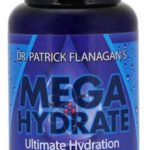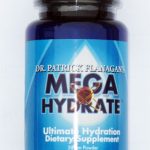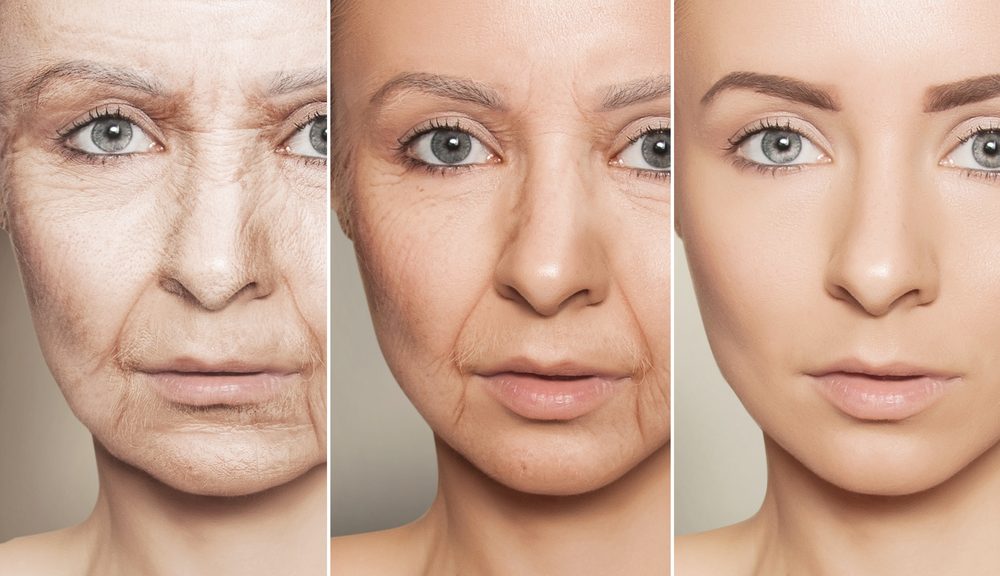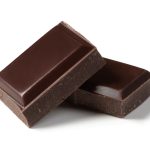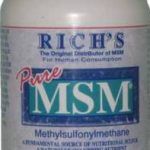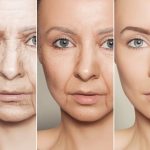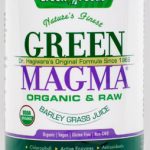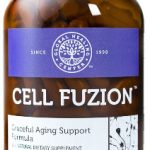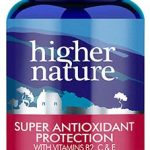Designed, created and manufactured in a cutting-edge manner, MegaHydrate is full of health-giving potential, that’s for sure. Indeed, its antioxidant credentials are so revered, it’s said that this entirely naturally-derived supplement offers among the highest antioxidant potentials of anything you might consume (including ‘superfoods’ that could be classed as fruits, vegetables, nuts, seeds and so on). Basically, MegaHydrate operates by reducing the surface tension of water within the body and at a cellular level, thereby increasing hydration within the body’s cells. In bringing about optimal hydration then, it’s able to encourage the body to more effectively eliminate toxins and metabolic by-products and ensure hugely important nutrients are delivered to cells, exactly where they’re needed.
And, to get further into the science, MegaHydrate’s capable of doing this because one of its main ingredients, silica hydride, is the only antioxidant compound in existence that doesn’t convert itself into a pro-oxidant following the donation of its electrons – instead, it combines with other hydrogen or water atoms, to form non-hazardous gas or water, respectively.
MegaHydrate health benefits
So, just some of the health benefits offered by MegaHydrate are:
Boosts negatively-charged hydrogen ion levels
MegaHydrate is terrific at combatting free radicals, in part, because it’s a super-concentrated source of negatively-charged ions, ensuring that it has a pronouncedly low oxidation reduction potential (OAP) – in layman’s terms then, this means that, as an antioxidant, it’s highly likely to donate electrons to combat free radicals’ hazardous activity in the body.
Might slow down ageing
Thanks to its capacity for hydrating you, this is a supplement that can undoubtedly increase moisture levels throughout the body. Not only is this healthy in general terms (there are few healthier things for the body to be good supply of than water), but also particularly good news for your appearance; hair, skin and fingernails will likely look glossier and shinier.
Increases hydration elements’ absorption
As a detoxifier, MegaHydrate can thanks its effectivity on its ability to enable rapid hydration and nutrient uptake in the body’s cells. This capacity of the supplement can be traced to its creation as a product that deliberates mimics the huge-health-giving waters to be found in highly-elevated regions of the world, to be found in places as diverse as Ecuador, Pakistan and Germany. What is it specifically about the properties of these waters? Well, it’s down to the specific structure of the frozen glaciers in these parts of the world from which it’s derived.
Could offset the fact we drink less water as we age
It’s a fact that millions of us naturally have less of a desire to – and feel we need to – drink less water as we get older, but it does us no good; not least because our imbibing of tea, coffee, carbonated eater and energy drinks tends to increase (or, at least, far from diminish) as we age. The result is merely reduced hydration and, yes, too little water in the body.
Combats the harm incurred by drinking caffeine and alcohol
As noted, drinking caffeine really does very little good for the body and surely practically everybody knows this to be true of alcohol. Indeed, on its own, consuming too much caffeine is only likely to lead to anxiety, dehydration, dizziness, headaches, insomnia and stress. Happily, though, these negative effects are something else MegaHydrate’s capable of counteracting.
Drives up negatively-charged hydrogen ions
Don’t doubt it, these negative ions are great for boosting a sense of well-being and overall health. Why? Well, they’re critical for the maintaining of the body’s energy balance; without them, its cells won’t be capable of counteracting free radical generation, which – as you may very well be aware of by now – is responsible for cellular damage and curtaining the life of all-important cells.
Enhances zeta potential of blood cells
Through its principle ingredient, silica hydride, MegaHydrate augments what scientists call ‘zeta potential’ in our blood cells. It’s because this chemical compound increase the charge, the stability and charge between blood cells (the zeta potential) that MegaHydrate ensures there’s more surface area for blood cells in the body’s blood and this ensures toxicants like bacteria, fungi, viruses and other pollutants can be removed, while ‘cleansing waters’ can more easily make their way to and fill cells owing to this increased surface area.
Increases your antioxidant levels
Just a single serving of MegaHydrate will supply you with more antioxidant goodness than many ‘superfoods’ including the likes of green tea, leafy greens, wheat grass and many fruit and vegetable juices. It’s this considerable antioxidant activity then that the supplement can provide that’s liable to aid in an array of health benefits; everything from improved memory and energy levels to better sight and hearing and longevity to the likelihood of chronic disease improvement.
Boosts your oxygen intake
As noted, the supplement naturally pushes cells apart (thanks to the activity of its negatively-charged atoms) and that creates a spaciousness that drives up the fluidity in the lymph system, thus drawing more oxygen into these cells. Among many other things, this supports the liver in its work to remove toxins.
MegaHydrate supplements
So then, both of the (entirely naturally-derived) MegaHydrate supplements that follow are available through us at The Finchley Clinic:
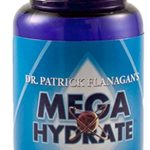 MegaHydrate – an amazing anti-aging and energy boosting remedy that’s claimed to be 800% more effective than other known products or foods
MegaHydrate – an amazing anti-aging and energy boosting remedy that’s claimed to be 800% more effective than other known products or foods
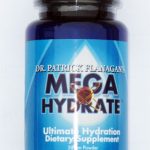 MegaHydrate Powder – arguably better value for money than the supplement in its original capsule form, offering a higher dosage than the latter.
MegaHydrate Powder – arguably better value for money than the supplement in its original capsule form, offering a higher dosage than the latter.

